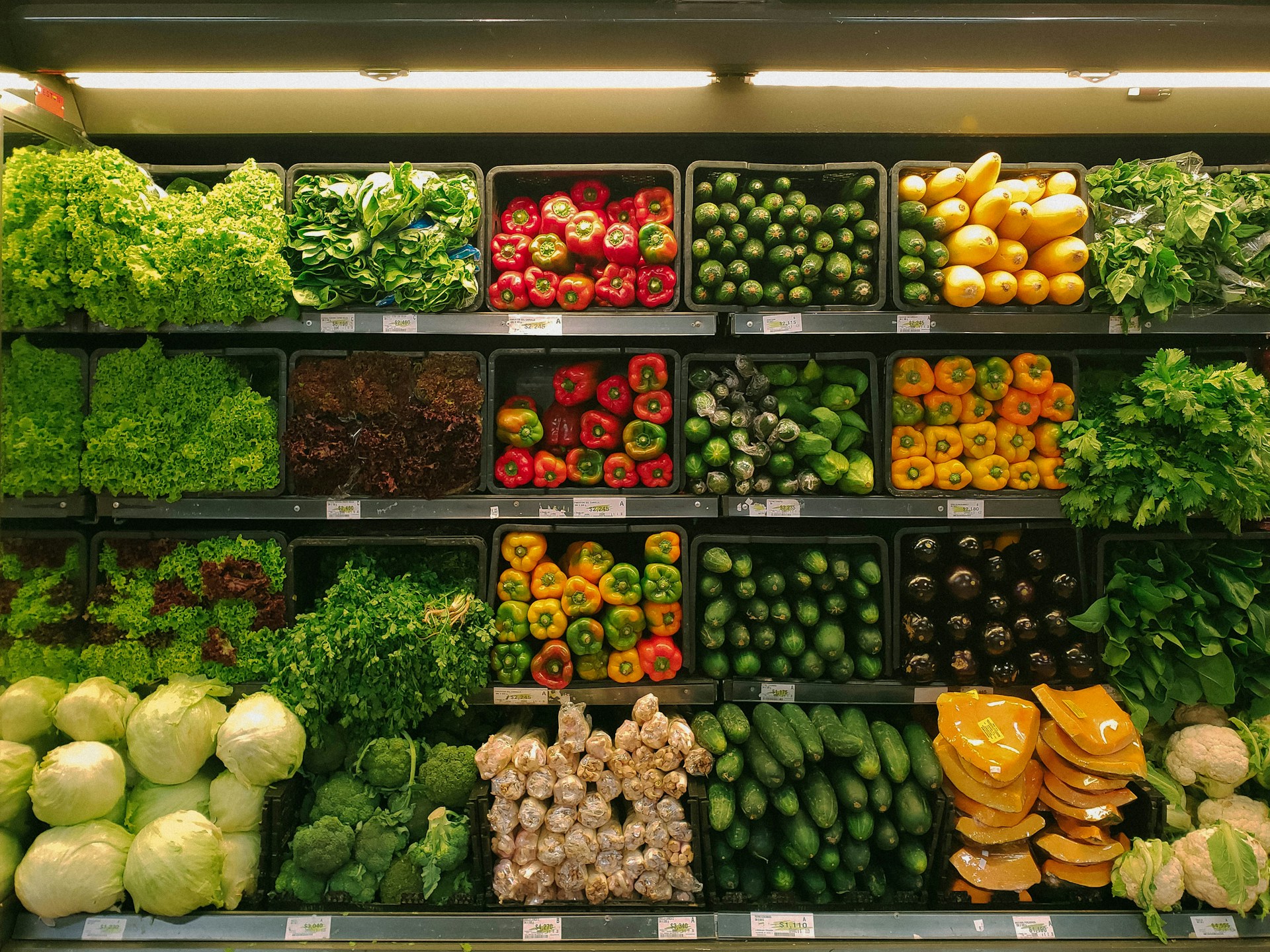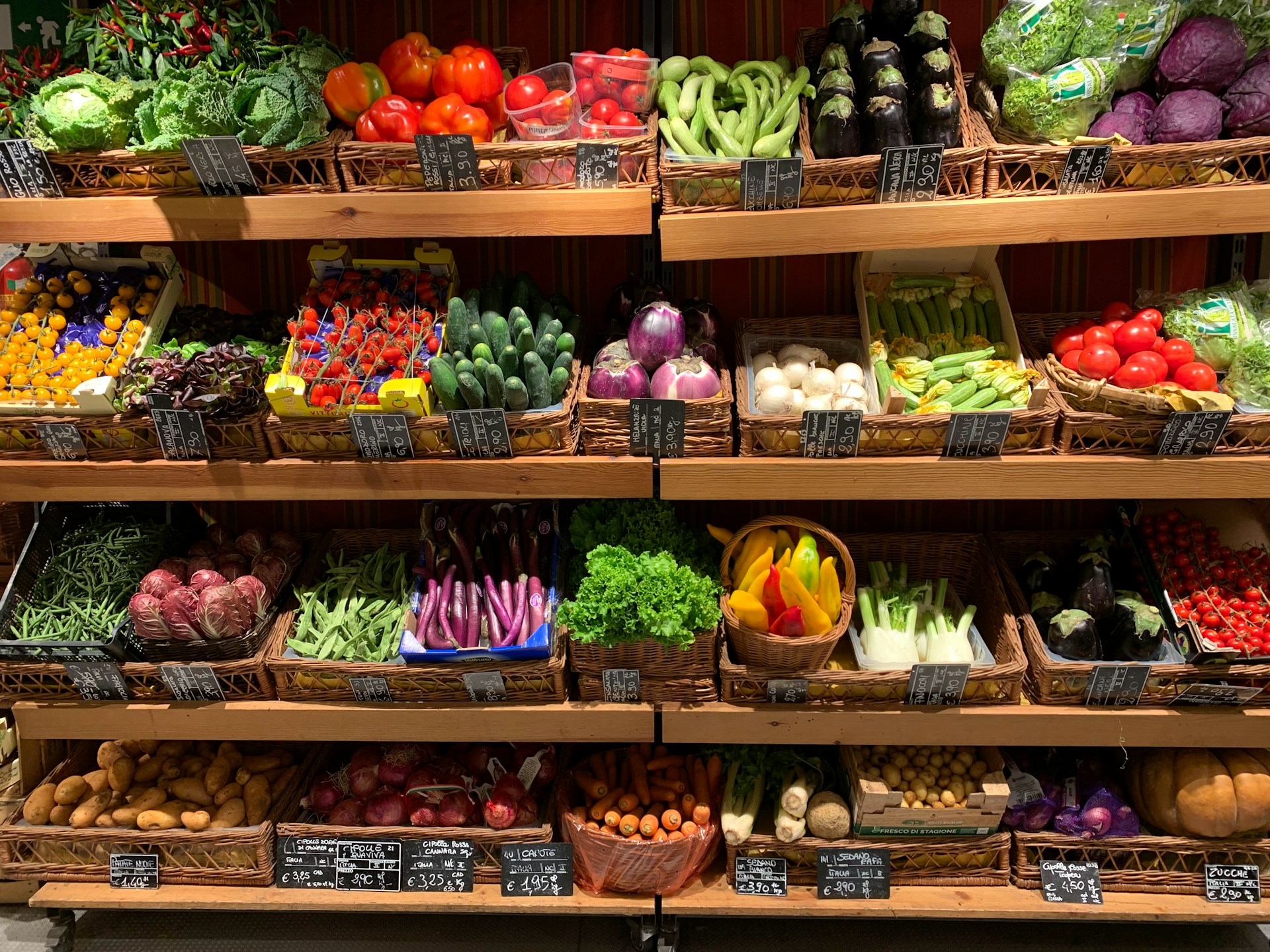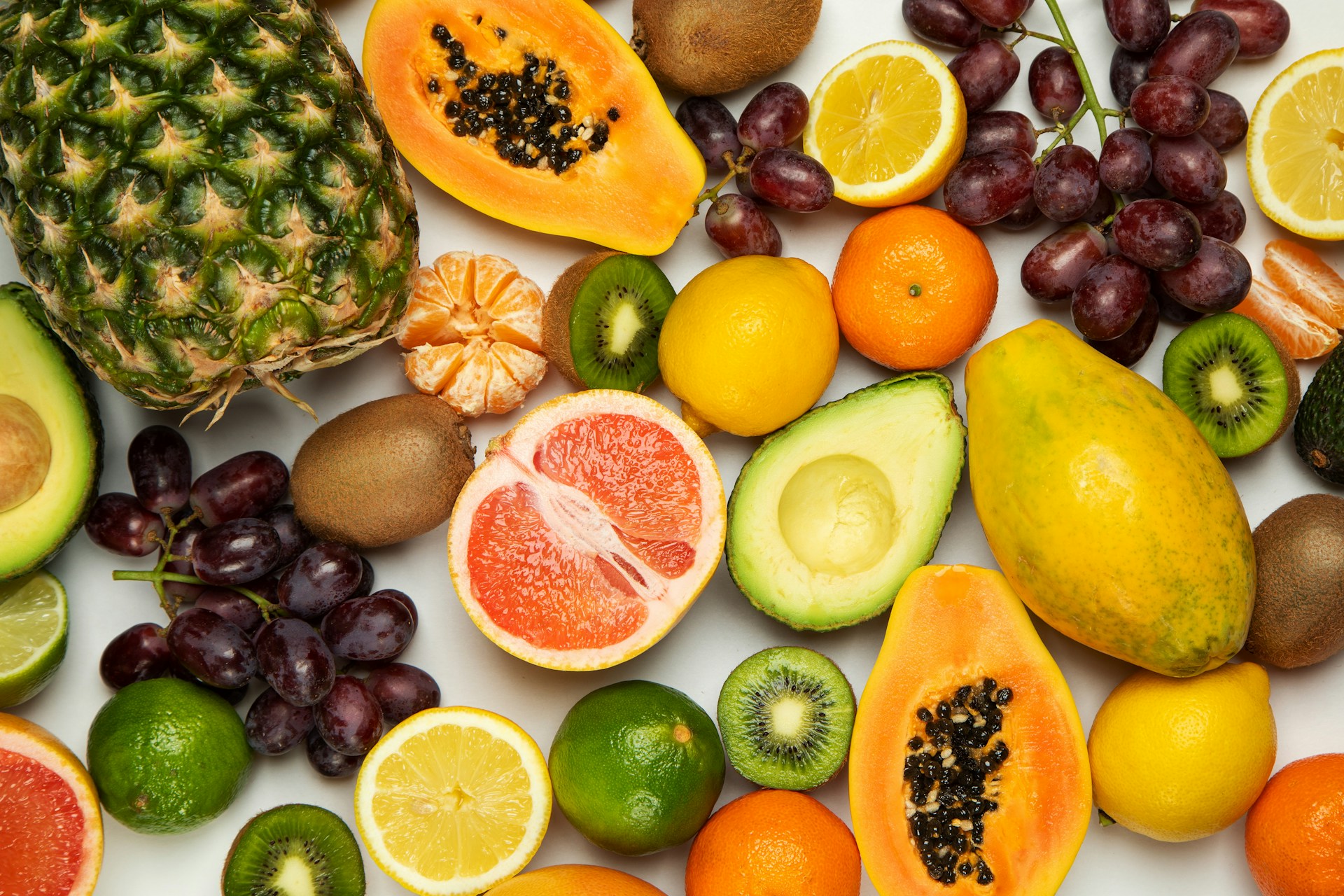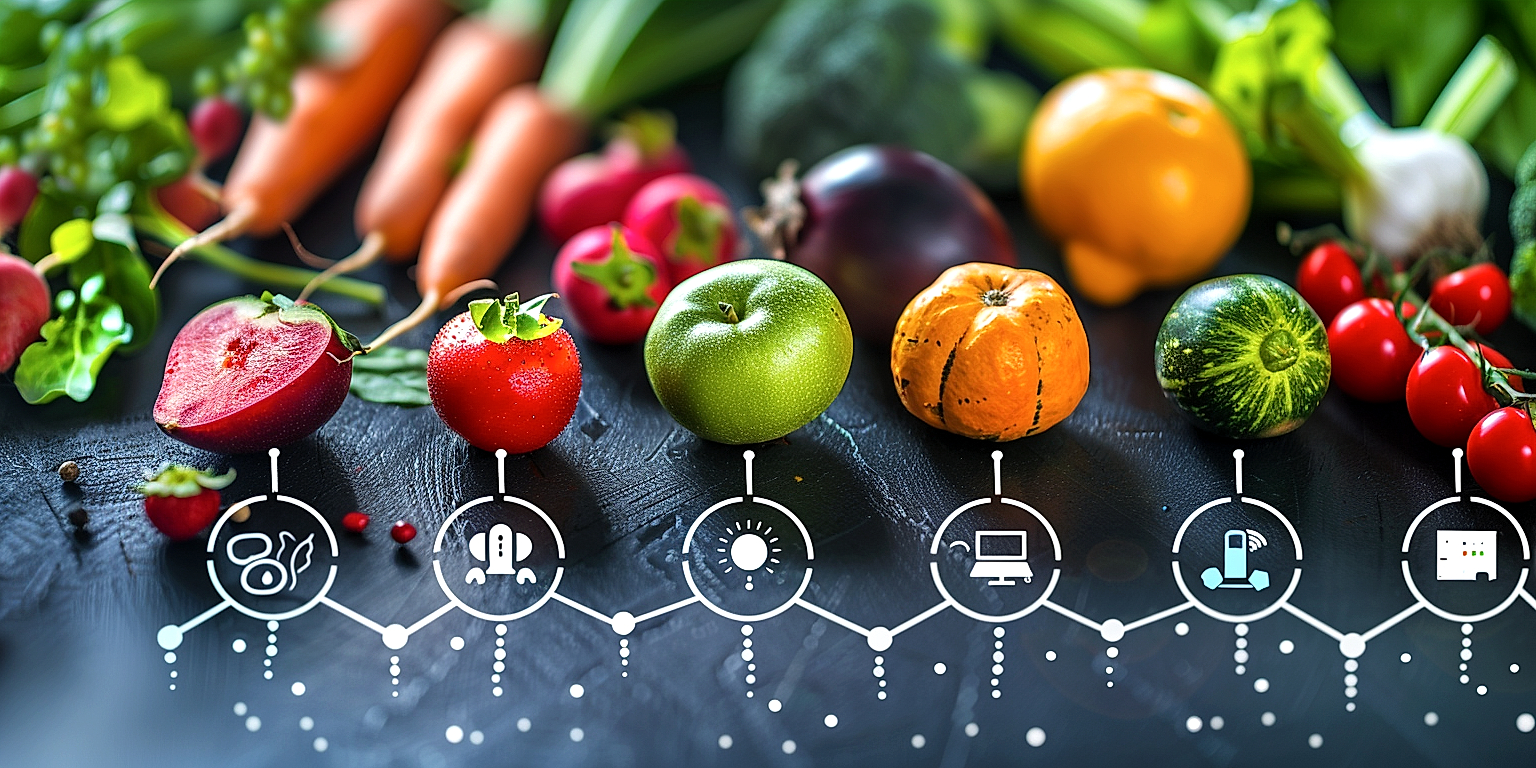Coping with the inherent challenges of produce distribution requires a strategic approach.
Particularly, the maintenance of cold chain integrity stands paramount to ensuring product quality, safety, and longevity.
Utilizing cost-effective methods not only optimizes the supply chain processes but also contributes significantly to the bottom line.
This article explores pragmatic, yet economical, strategies to enhance cold chain efficiencies in the fresh produce sector.
The objective is to furnish readers with essential insights into sustainable and economical cooling systems to streamline their distribution strategies.
The tactics discussed henceforth, promise to maintain product freshness while cutting excess spend, enabling businesses to sustain themselves in a competitive market.
Contents
- Cost-effective Cold Chain Tips For Produce Distribution
- 1. Regularly maintain and monitor refrigeration equipment
- 2. Use Insulated Packaging for Transport
- 3. Schedule Deliveries to Minimize Transit Time
- 4. Minimize Produce Handling to Prevent Damage
- 5. Implement Contamination-Prevention Processes
- 6. Train Staff in Cold-Chain Management
- 7. Don’t Overload Refrigeration Units.
- The Bottom Line
Cost-effective Cold Chain Tips For Produce Distribution
1. Regularly maintain and monitor refrigeration equipment
The efficiency and reliability of your produce distribution operations greatly rest upon the condition of your refrigeration equipment, making regular maintenance indispensable.
Keeping machines in top working order not only ensures that the temperature-sensitive goods are preserved optimally but also theoretically extends the lifespan of the equipment, proving to be cost-effective in the long run.
Preventive upkeep of refrigeration units can lead to fewer breakdowns, subsequently reducing the chances of unplanned downtime that can have disastrous consequences on the inventory.
Frequent inspections and equipment checks can help identify issues at their infancy, allowing for them to be addressed before they snowball into larger, more expensive problems.
Similarly, the monitoring aspect plays a crucial role in ensuring the equipment is performing as expected and maintaining the desired temperature levels.
Implementing remote monitoring systems for your refrigeration units can be immensely worthwhile as it provides real-time information and alerts if there are any significant changes in the temperature.
Regardless of the cost, this immediate and continuous form of monitoring is proven to prevent loss of inventory due to unnoticed machinery failures, making it a truly cost-effective strategy.
Besides, refrigeration systems are typically one of the largest energy consumers in produce distribution, hence monitoring can also aid in optimizing energy efficiency.
A well-maintained machine runs more smoothly and efficiently, using less energy and therefore lowering operating costs.
Cleaning the equipment, checking for refrigerant leaks, ensuring door seals are intact, and assessing the overall performance are all part of routine maintenance.
Furthermore, these activities also help ensure that the refrigeration units are compliant with safety and health regulations.
While some maintenance activities can be handled in-house, it might be necessary to rely on professionals for certain intricate tasks.
Given the specialized nature of refrigeration systems, hiring a dependable service provider with expertise in cold-chain operations can be advantageous in ensuring the optimal performance of the equipment.
Overall, regular maintenance and monitoring of refrigeration equipment form an essential component of a cost-effective cold chain for produce distribution.
It not only saves on repair costs and prolongs equipment lifespan but also prevents costly losses associated with spoilt inventory due to temperature variations.
2. Use Insulated Packaging for Transport
The importance of using insulated packaging in transporting produce cannot be overstated.
The foundation of maintaining the cold chain in transport is ensuring that the produce is packed in an insulated environment which helps in preserving the temperature.
A small variation in temperature can lead to a significant loss in the quality of fruits and vegetables, reducing their shelf life and causing potential financial loss.
Insulated packaging not only offers temperature control but also protects the delicate produce from physical damage during transit.
This is why the selection of the right type and size of insulated packaging plays a critical role in ensuring the quality and freshness of the produce.
Insulated packaging comes in different types such as styrofoam boxes, thermal blankets, and insulated pallet covers, each with their own strengths and cost implications.
Styrofoam boxes, for instance, are cheap, lightweight, and effective, but they can take up a lot of space in the truck and thus may not always the most cost-effective solution.
Thermal blankets and insulated pallet covers on the other hand, though a bit more expensive, offer excellent thermal control whilst optimizing the space in the truck better.
It’s also crucial to consider the recycling or disposal costs associated with these packaging materials.
Styrofoam, for example, is not biodegradable and its disposal can be costly, so it’s often better to opt for recyclable or reusable options like thermal blankets or insulated pallet covers, though the upfront cost may be higher.
In addition to protecting the produce from temperature changes, insulated packaging also provides a cushion against physical damage during transportation.
Avoiding physical damage to the produce is also important in maintaining the cold chain as damaged produce can release heat, affecting the overall temperature inside the packaging.
Training the staff on proper packaging and handling techniques is also vital in reaping the full benefits of insulated packaging.
In summary, using insulated packaging for transport is a cost-effective strategy when it comes to maintaining the cold chain in produce distribution.
The key is to find a balance between the initial investment on the packaging material, the space it consumes on the truck, and the recycling or disposal costs it adds in the long run.
3. Schedule Deliveries to Minimize Transit Time
Produce distribution requires a high degree of planning and organization, especially when it involves maintaining the quality and freshness of the produce during transport.
To maximize the efficiency of the cold chain, scheduling deliveries to minimize transit time is essential.
Long periods of transit can cause damage to the produce, decrease its quality, and subsequently, its market value.
Produce is highly sensitive to temperature changes, and therefore, quick delivery ensures that it spends the least amount of time possible exposed to sub-optimal temperatures.
Efficient scheduling of deliveries can tremendously reduce the risk of spoilage and maintain the quality of the produce.
The use of advanced tracking technology can help in creating a more precise schedule allowing for minimal transit times.
GPS technology, for instance, provides real-time traffic information and helps in determining the fastest route for delivery.
There is also the option of implementing AI-driven tools that can predict future road conditions based on past data.
By accurately predicting potential delivery delays, distributors can adjust their plans accordingly and avoid extended transit times.
Distributors should also consider peak hours and traffic congestion when planning delivery schedules.
Delivering during off-peak hours can allow for a faster delivery time and improved temperature control.
Strategically locating distribution centers close to customer locations can also help reduce transit time.
Distributors should always be prepared to make adjustments to the delivery schedule based on unforeseen factors such as weather conditions or road accidents.
For any successful cold chain operation, flexibility is key. Distributors must always have a contingency plan in place to ensure that the produce is delivered on time and at the right temperature, regardless of any unforeseen obstacles.
Ultimately, careful planning and scheduling of deliveries can not only protect the quality of the produce, but also contribute to greater cost-efficiency in the overall cold chain process.
4. Minimize Produce Handling to Prevent Damage
The concept of minimizing produce handling is a critical element in maintaining a cost-effective cold chain.
Every time produce is manually handled, there is an inherent risk of damage, especially when dealing with sensitive goods like fruits, vegetables, and meats.
In order to keep damage to a minimum, it is preferable to handle the produce as little as possible.
The less the produce is handled, the less likely it is to become damaged, saving costs associated with waste and loss.
Automated systems can help to significantly reduce the level of necessary physical handling of products.
Investing in mechanized picking systems, automated packaging and sorting equipment can help to keep handling to a minimum.
This investment although might seem significant upfront, it will save costs in the long run through reduced product loss and improved efficiency.
Beyond automated systems, maintaining excellent handling practices is central to prevention of exterior damage and premature spoilage.
This includes practices such as avoiding overstacking, ensuring the handling equipment is clean and free from sharp edges, and handling items gently and with care.
Workers should also be provided with frequent training and guidelines, ensuring the correct handling procedures are followed.
Fostering an environment where good handling practices are norm, will reduce the risk of mishandling, and thus, damage to produce.
Furthermore, making sure that produce is packed well, and correctly, helps to protect it during transit and reduces the risk of bruising or piercing.
Choosing appropriate packaging to protect the produce is a crucial part of this step.
However, packaging should also be kept to a minimalistic as much as possible for cost-effectiveness, while still providing optimum protection.
A balance needs to be struck between minimal handling, and necessary handling, like inspection of products for quality assurance.
Ultimately, minimizing handling while ensuring appropriate care can help in the reduction of product loss, and also save on costs related to handling errors and inefficiencies.
5. Implement Contamination-Prevention Processes
In the arena of produce distribution, the importance of implementing thorough contamination-prevention processes cannot be overstated.
Not only can such processes improve the safety and quality of the products, but can also contribute to cost-effectiveness by reducing losses.
Fruits and vegetables are susceptible to various forms of contamination, including bacterial, fungal, and even chemical contaminants that could potentially pose a risk to consumers.
This contamination could lead to recall costs, lawsuits, and reputation damage which all have the potential to put a company out of business.
Therefore, it is crucial that contamination prevention measures be taken seriously, and that funds and resources be allocated to its implementation.
A robust contamination prevention process would typically involve regular sanitation of all tools, surfaces, and equipment involved in the handling and transportation of the produce.
Workers should be trained on proper handling techniques and dressed in appropriate personal protective equipment (PPE) to minimize the risk of introducing contaminants.
Additionally, facilities and transport vehicles should be properly ventilated to reduce humidity which can foster bacterial growth.
One important process is the Regular Testing for Contaminants, which involves routinely conducting tests for potential sources of contamination in the environment and on the produce itself.
The use of food grade materials for packaging can also assist in preventing chemical contaminants from seeping into the produce.
Furthermore, proper cooling techniques should be used to maintain the suggested temperature range for each type of produce, as some bacteria are heat-resistant and can multiply if the produce is not properly refrigerated.
Any contamination detected should be addressed immediately to prevent its spread, and the affected batch should be isolated and discarded to ensure that it does not reach the market.
In the case that the contamination source is found to be a piece of equipment, it should be thoroughly cleaned and sanitized, or replaced if necessary, before resuming operations.
The implementation of automated systems for tracking and monitoring can assist in quickly detecting and addressing contamination, limiting its impact and ultimately contributing to cost-effectiveness.
While it is true that setting up contamination-prevention processes requires an initial investment, it is also true that the potential financial and reputational damage from a single contamination incident can be far greater.
6. Train Staff in Cold-Chain Management
Understanding the importance of staff training in cold-chain management is the key to maintaining produce quality and safety during distribution.
Training provides your staff with knowledge and understanding of the cold-chain system and how it directly impacts the quality of produce.
For instance, a well-trained employee would be mindful of the temperature requirements of different types of produce and ensure that they are stored and transported accordingly.
Comprehensive training results in improved efficiency of the cold chain process and reduced instances of product deterioration and wastage.
Moreover, staff training can help reduce the risks of contamination during the handling of produce, which is a significant factor in ensuring food safety and preventing losses.
It is essential to provide ongoing refresher training to your staff to keep them up-to-date with the latest best practices and guidelines in cold-chain management.
Getting the staff involved in the training process can give them a sense of ownership, strengthening their commitment to maintaining the temperature integrity of produce.
Training staff in the proper use and maintenance of refrigeration equipment is also vital as this can prevent breakdowns and ensure the high performance of the machinery.
Additionally, this training would enable your staff to troubleshoot minor issues, which can prevent significant system failures, hence saving you costs related to repair and replacement.
Remember, investing in the development of your staff is not an unnecessary expenditure.
Rather, it is a cost-effective strategy that leads to the efficient operation of the cold chain, high-quality produce, customer satisfaction, and ultimately, the profitability of your business.
The training content and materials should be practical and relevant to your specific cold chain operations.
And, where possible, incorporate real-world examples and scenarios into your training sessions to make them more interactive and engaging.
Training staff in cold-chain management is a critical step and should be seen as an investment in staff skill development and the long-term success of your produce distribution business.
7. Don’t Overload Refrigeration Units.
Refrigeration units are an integral part of the cold chain process, particularly in the produce distribution industry.
Unlike non-perishable goods, fresh produce requires a certain temperature to maintain its freshness and quality during transit.
It is crucial that these refrigeration units are not overloaded beyond their capacity.
Not only can this cause strain to the unit, but it can also affect the internal temperature and potentially jeopardize the freshness of the produce.
An overloaded refrigerator will not function optimally, which can have detrimental effects on the quality of the produce stored.
Produce packed too tightly together may not receive adequate airflow, leading to increased temperatures and potential spoilage.
It’s important to remember that not every part of the refrigeration unit provides the same cooling efficiency.
The parts near the cooling elements will be colder than those further away and produce stored in these warmer areas may not be maintained at the right temperature.
Therefore, it’s crucial to spatially distribute the produce in the refrigeration unit effectively.
Correct packing not only maintains the optimal temperature but also prevents damage to the produce.
Overstuffing a refrigeration unit can result in physical damage to delicate produce.
Practicing effective space management ensures the unit is performing at its best while still maintaining the integrity of the produce.
It is also essential to continually monitor the temperature of the refrigeration unit to ensure it runs efficiently and maintains the necessary temperature standards.
These temperature checks will also help identify if the refrigeration unit is being overloaded, as it may struggle to maintain the necessary low temperatures.
Regular maintenance and inspections of the refrigeration units are recommended to prevent breakdowns or system failures that may arise due to overloading.
Always remember: while it may seem cost-effective to try and fit as much produce as possible into a refrigeration unit, the potential loss and waste from spoiled produce can far outstrip the costs of making more frequent deliveries or investing in larger refrigeration units.
The Bottom Line
To encapsulate our discussion, proper management, and maintenance of refrigeration systems is crucial for cold-chain operations.
The use of insulated packaging for transport and scheduling deliveries to minimize transit time can drastically help in maintaining the requisite temperatures.
Reducing the handling of produce can avert potential damage and applying contamination-prevention measures further ensures the safety and quality of the product.
Thorough training of staff in cold-chain management can facilitate a better understanding and commitment to quality control.
Lastly, avoiding overloading of refrigeration units can maintain efficiency and prevent breakdowns.
By adhering to these practices, companies can significantly enhance their cold-chain logistics performance and, in turn, their overall operations.




